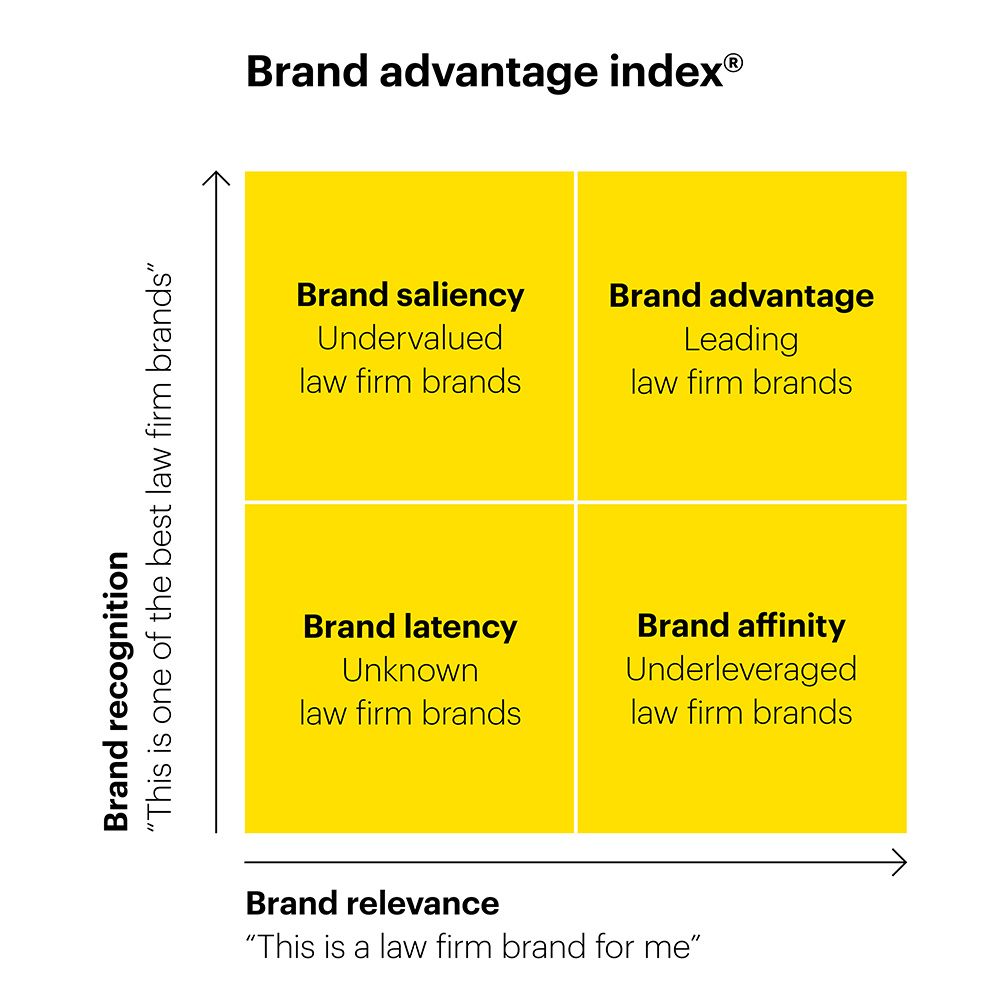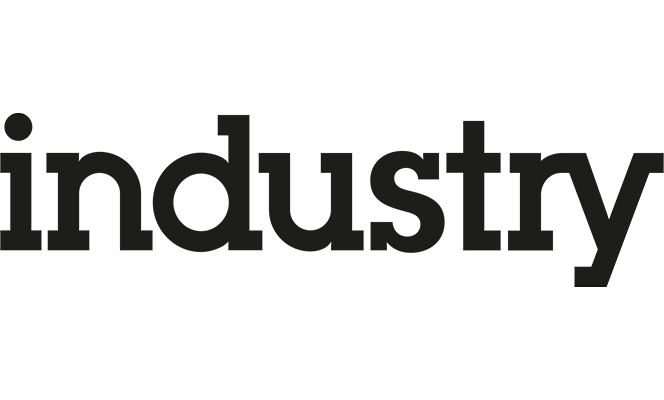By Sholto Lindsay-Smith, founding partner and director of brand strategy at Industry, an international brand and business consultancy.
As the management mantra goes, ‘you can’t manage what you can’t measure’. Law firms often undertake evaluation of their brand in pockets throughout the organisation by teams in HR, customer experience, internal and external communications. What is often missing is a 360-view which can summarise the brand strategy, identify brand-blockers and determine where to invest efforts in building brand advantage. This article considers the importance in assimilating this information to build a lasting brand advantage.
When marketing budgets are being allocated, the natural default option is to spend on activity that will support lead generation rather than ‘sink’ money on research that will tell you how your brand is performing. With the shift to digital marketing, which offers marketers a built-in way to track and demonstrate the effectiveness of their tactical marketing spend, marketers get the win-win of spending on proactive marketing activity while demonstrating accountability. However, this approach does not tell you how your brand is performing, which competitors might be gaining ascendancy or how you can carve out a more distinctive brand positioning for your firm. These are strategic questions that need to be addressed to secure a long-term competitive advantage.
A more strategic and measured approach to branding is required to drive value
Across the wider business world, there is robust evidence from multiple long-term brand tracking indices to show strong brands generate superior returns, are more resilient in a crisis and recover more quickly from economic downturns. For example, Kantar’s latest BrandZ report shows that despite the global turbulence of the last three years, the top 100 most valuable brands have grown from $5trn in 2020 to $6.9trn in 2023.
As is the case in other industries, brand can play a much bigger role in helping law firms achieve a sustainable competitive advantage which will yield a substantial return on investment.
Making it happen requires a more expansive view of branding, underpinned by a more strategic and measured approach.
Today there is still a tendency for law firms to treat branding as a one-off initiative, which they look at, on average, every eight years. This results in a big hiatus around the brand launch, with internal and external communications aimed at communicating the firm’s brand values and positioning, tagged on to the excitement of revealing the new visual identity. With that box ticked, the focus is turned to the next task. With the natural turnover in staff and competing initiatives vying for attention, the brand thread is lost. This means the benefits of a one-off big bang approach are likely to be short lived.
This cyclical approach to branding is often triggered in response to a flurry of competitors going through a rebrand. And it usually leads to branding programmes starting from the wrong premise: that the brand is tired and needs refreshing. This leads to the focus being the visual identity, with the brand strategy an adjunct to the process.
A better starting point is to think of brand as an asset that you need to invest in, manage, and nurture.

It takes time, effort and discipline to build a brand advantage
Brand building should be seen as a long-term strategic endeavour. It takes significant time, effort, and discipline to build a brand advantage. Powerful brands are built when a firm achieves alignment through the business, and everyone in the business can see a clear train of thought running from the core purpose through the business strategy and brand positioning to the brand identity and culture and ultimately the brand experience that impacts the client.
The implication of this is that branding is a firm-wide activity, that requires the full commitment of the firm’s leadership team, involvement of all the functions and engagement of every employee.
It is also why measuring your brand performance is so important.
By putting in place the right brand metrics and measures, you can assess where you are today and what you need to do to close the gap on your desired position. It provides a strategic tool for deciding the most appropriate way to spend your marketing budget and helps keep everyone’s eyes focused on the longer-term brand mission.
Take a 360-degree perspective on your brand performance
Taking a 360-degree perspective allows you to take a more holistic approach to managing your brand and diagnosing the right course of action. Four useful lenses through which to evaluate your brand performance are:
The corporate brand lens
One of the simplest and most robust measures you can track over time, is your brand advantage score. This can be deduced from two market survey questions: (1) who do you consider to be one of the best brands, and (2) which brands are you familiar with? The firms that rank highly on both questions will achieve a high brand advantage score. This methodology allows you to track your own brand performance versus your competition and is also a good predictor of clients’ propensity to do business with you.
Supplementary survey questions can be helpful to understand the perceived relevance, importance, and association of the core value proposition and supporting attributes.
The employer brand lens
The brand advantage measure can be adopted for this purpose too, with a variation to the first question: who do you consider to be one of the best brands to work for? This measure will help understand how well your brand is positioned with graduates and prospective recruits.
The employee lens
Employee perspectives are most effectively gathered through qualitative methods such as focus groups. Measuring employees’ level of understanding and belief in the core value proposition, values and expected service standards is critical to diagnosing where there is a knowledge gap or dip in engagement that may impact the end brand experience.
The client brand experience lens
Measuring the client experience should help you determine how well you are delivering on your core value proposition and service standards and how well it is received. This can be measured through formal wash up meetings as well as client satisfaction surveys.
In practice, many firms may already be doing all of this in different pockets. For example, the HR team may be looking at the firm’s image from a recruitment perspective and the internal communications team looking at engagement and the customer experience team looking at client satisfaction. What is important is having a joined up 360-view across all these measures and using them to calibrate the brand strategy, understand how well the business is aligned, identify brand blockers, and determine where best to invest your effort to build a brand advantage.

There are of course myriad other brand performance and brand equity measures. Those methodologies that measure brand equity and put a financial value on the brand are useful if you want to demonstrate to partners the impact of your brand building, but they are less useful as a strategic tool to manage your brand.
Before deciding on which methodology you adopt, the key question to ask is how you are going to use the outputs to drive strategic brand alignment through the organisation.
Take part in our law firm brand benchmark survey and get a free copy of the report
In partnership with Legal Business, Industry is running its inaugural law firm brand benchmark survey. We will share a free copy of the brand report with everyone who participates in the survey.
Open to in-house lawyers, lawyers working in private practice, trainees, paralegals, graduates, marketing, HR and other functions, the survey aims to provide a 360 perspective on the UK’s law firm brands.
We will be planting 100 trees for every 1,000 responses to the survey, so the more responses the more trees we will plant. Plus everyone will be entered into a prize draw with the chance to win a reMarkable 2.
Take the 5-minute survey here.













